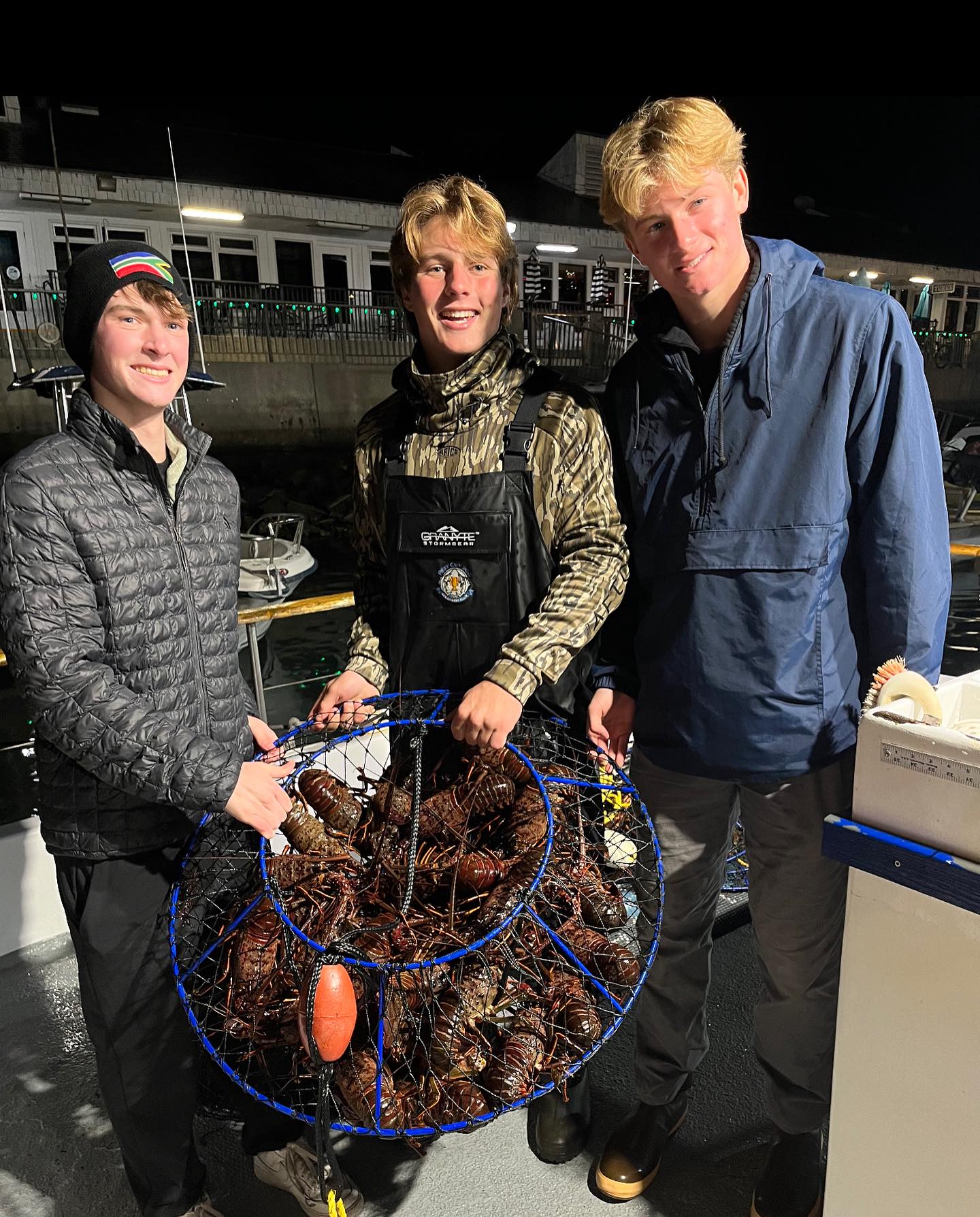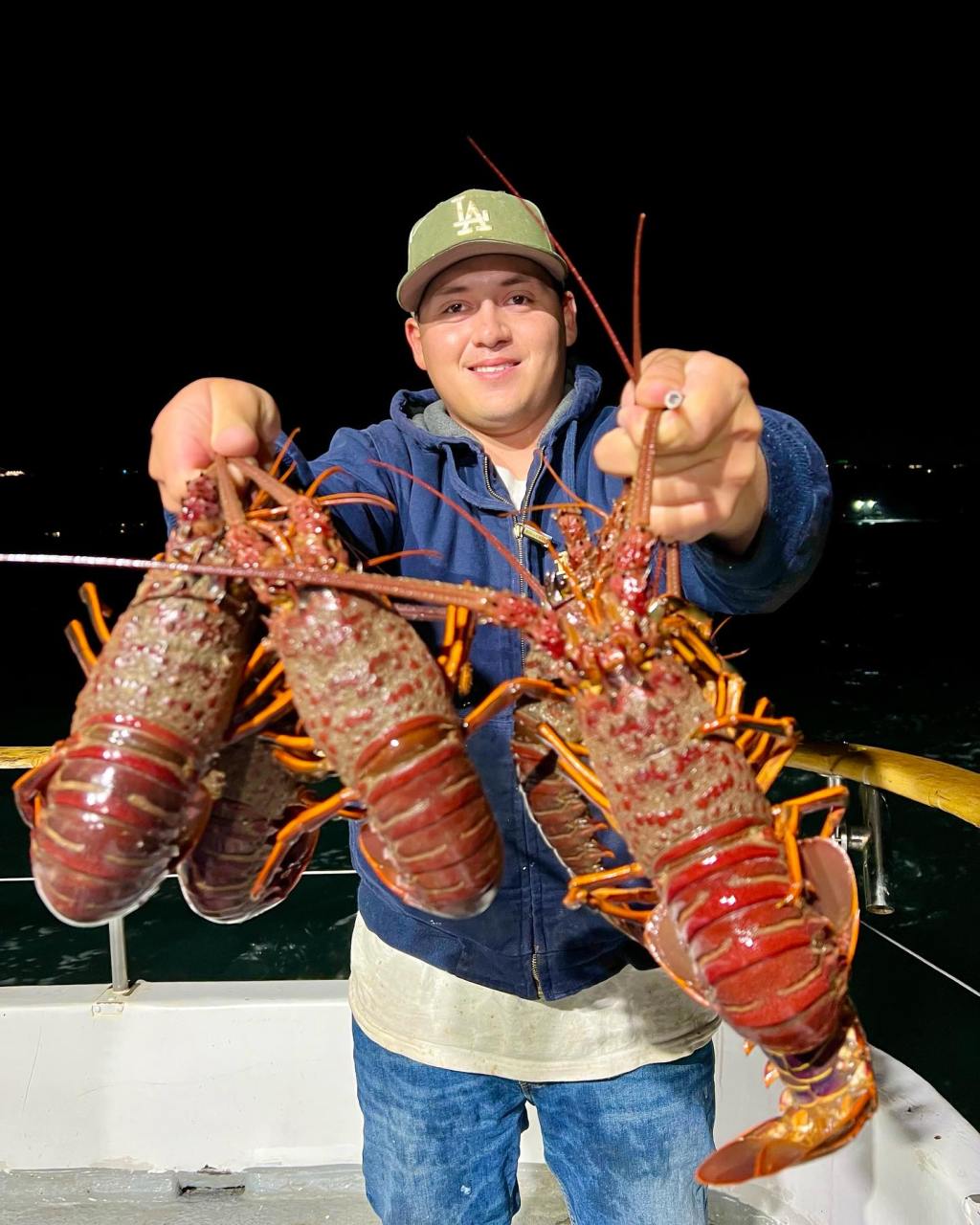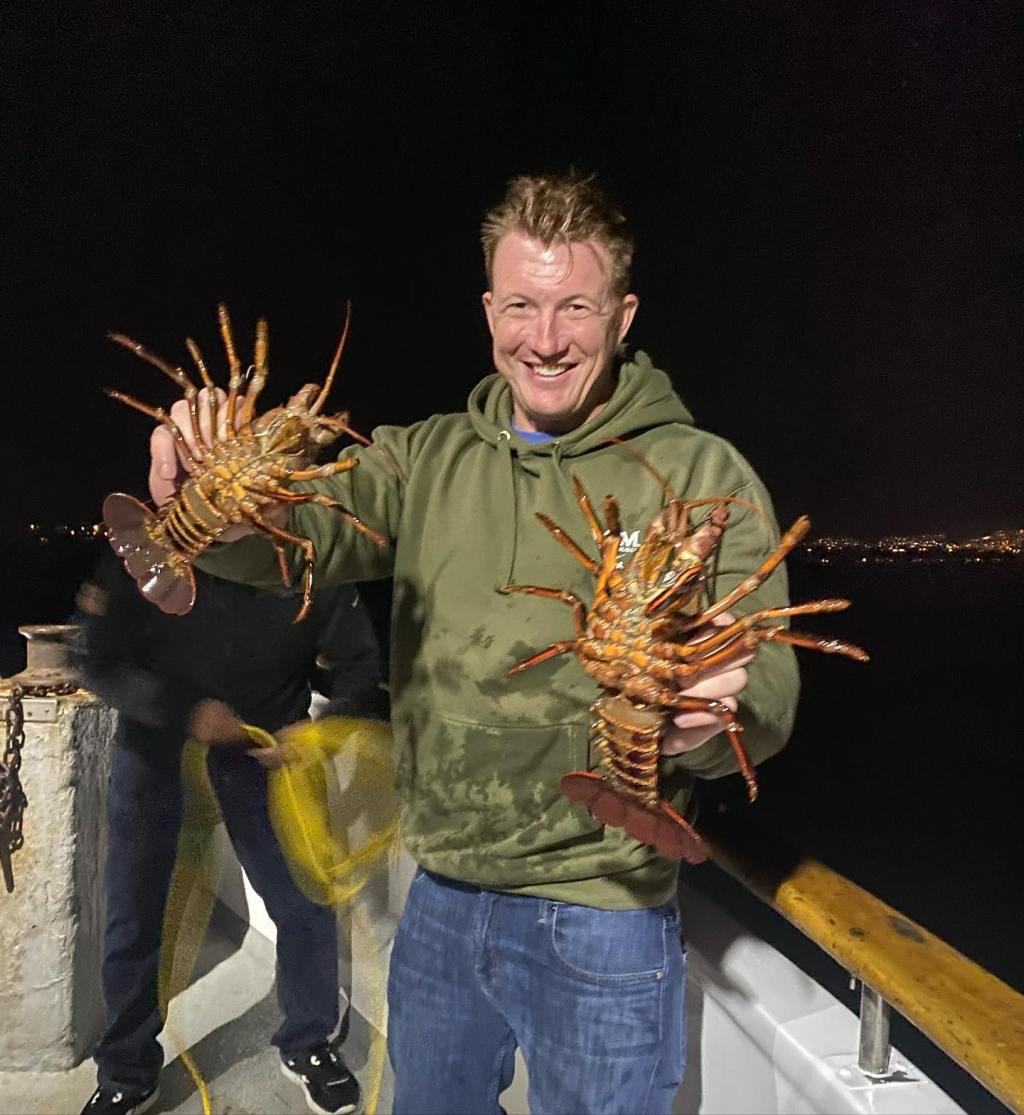Everything You Need to Know About Lobster Fishing in Dana Point


Lobster Diving
Lobster fishing in Dana Point today is mainly carried out through lobster diving. This method involves using a snorkel or scuba gear to dive down to the ocean floor and catch lobsters by hand. To ensure the sustainability of the lobster population and maintain a balanced marine ecosystem, lobster divers must have a valid California fishing license and comply with strict regulations, including size and catch limits.
Lobster Traps
While lobster diving is the most common method of catching lobsters, some fishermen still use traditional lobster traps. These traps are typically made of wire and are designed to lure lobsters with bait before trapping them inside. The bait used in these traps can vary, depending on the fisherman’s preference, but some common types of bait include sardines, mackerel, and squid.
Once the lobster enters the trap, it triggers a mechanism that closes the entrance, preventing the lobster from escaping. The traps are checked regularly to ensure that the lobsters are not kept in the traps for too long, which can cause them to become stressed and potentially die. The fishermen usually place the traps in areas where they know lobsters are likely to be found, such as rocky crevices or areas with a lot of kelp.
When the fishermen return to the traps, they carefully remove the lobsters and measure them to ensure that they meet the minimum size requirements. Any lobsters that are too small or too large are returned to the ocean unharmed. The fishermen also take care to remove any other sea creatures that may have been caught in the traps, such as crabs or octopuses.

The Lobster Fishing Season
The lobster fishing season in Dana Point takes place from October to March, and the best time to catch lobsters is between December and February when they are most active. This period is ideal for lobster diving and fishing.
Sustainability and Conservation Efforts
The lobster fishing industry in Dana Point is subject to strict regulations to ensure the lobster population’s sustainability. Fishermen are required to adhere to strict catch limits and regulations prescribed by the California Department of Fish and Wildlife. Moreover, to maintain a healthy lobster population, the city has implemented conservation measures such as creating artificial reefs and a program for releasing lobsters.
Fish for Lobster in Dana Point
If you’re interested in experiencing the lobster fishing in Dana Point firsthand, book a lobster fishing trip with Dana Wharf. These tours provide a unique opportunity to learn about the history and techniques of lobster fishing, while enjoying the beautiful coastal scenery.
